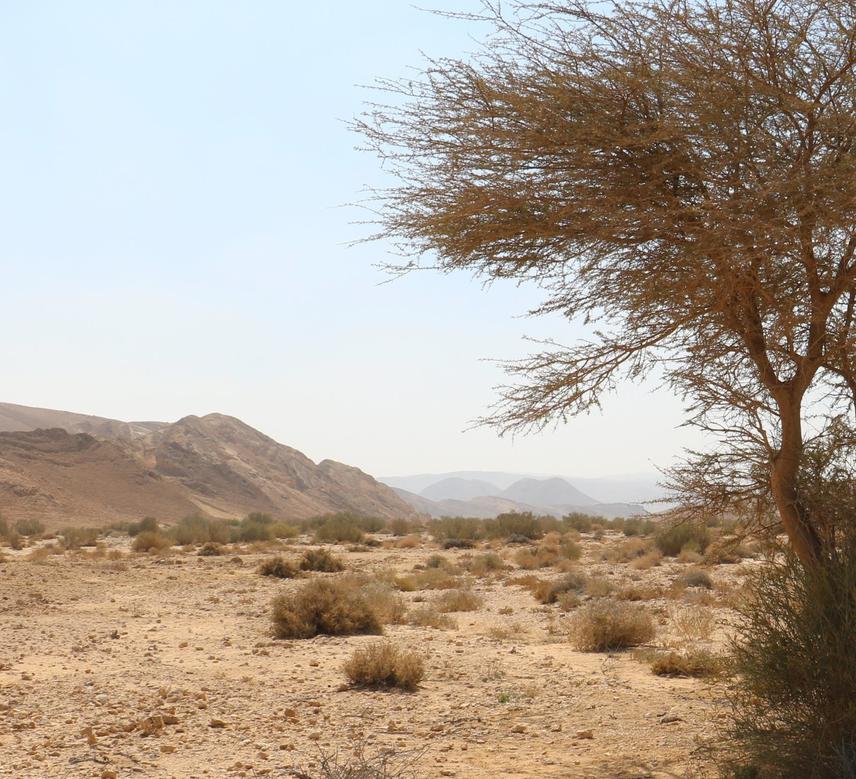Karim Abdelhai Eissa
Other projects
11 Sep 2013
Primula boveana Conservation (Assessment of the Current Conservation Status of Primula boveana in St Katherine Protectorate, South Sinai, Egypt)
14 Feb 2017
Community-Based Conservation of Threatened Plants Silene schimperiana, and Polygala Sinaica in South Sinai, Egypt
16 Apr 2018
Long Term Conservation Planning and Practices for Some Threatened Plants in South Sinai, Egypt
Rosa arabica and Primula boveana are endemic plants to St. Catherine Protected Area, South Sinai, Egypt. They listed as Critically Endangered with very tiny distribution range and population size. There are a continuing decline in habitat quality and number of sites for these species, with evidence of declines in subpopulation and mature individuals numbers. In this project, with the help of local community as a main partner we will carry out a recovery program to conserve, maintain, and increase the population size, Extent of Occurrence, and Area of Occupancy of target species through in situ and ex situ conservation techniques.

The IUCN Red List assessments of these species (Omar 2014 and 2017) have mentioned that there are a continuing decline in habitat quality and number of sites for these species, with evidence of declines in subpopulation numbers and numbers of mature individuals and there are an urgent need to conserve these species through in situ and ex situ conservation techniques. As a result, from weak financial support no action has been done regarding to this situation.
In this project and for the first time, we will carry out a recovery process for these critically endangered species. After collecting the needed information and select the target sites based on ecological suitability, accessibility, threat level, water availability, local community ownership, implementation cost, etc. (ecological, genetically, biological and logistical); we will: 1. Prepare the seedlings (seed collection for germination - germination treatments - Propagation by Cuttings and Layering in case of R. arabica if needed) and then transport and transplanted the seedlings into its selected natural save sites. We will use 3 methods for recovery to ensure that we get the best recovery success; so we will:
a) Reintroduce target species in sites where the species is known to have existed, but is now extinct,
b) Enrichment planting: This involves introducing seedlings into existing wild populations which have reduced to very few numbers,
c) reintroducing in a site outside of the known historical range of the species, as that is the only place safe from the threats that brought the species to extinction.
These steps will help to increase of the EOO, AOO, and population size of target species the thing that will support the species existence in wild.
Therefore, in this work we will evaluate the most appropriate conservation strategies using estimates of population size, reproductive potential, distribution and threats. In addition, we will develop long-term conservation plans with proposed management actions. Increasing public participation towards the conservation of threatened species will be achieved by local Bedouin involvement in the process especially in recovery planning and field work activities (rehabilitation process). This project has good balance of conservation research and action as it engages local community, stakeholders and implements on-ground conservation actions.